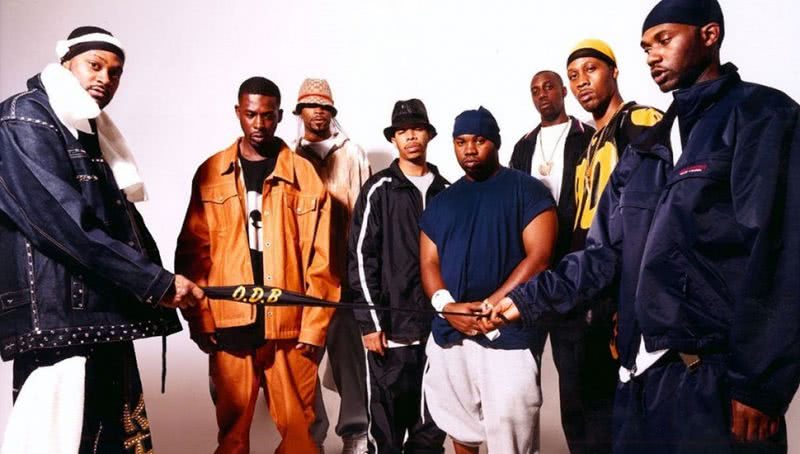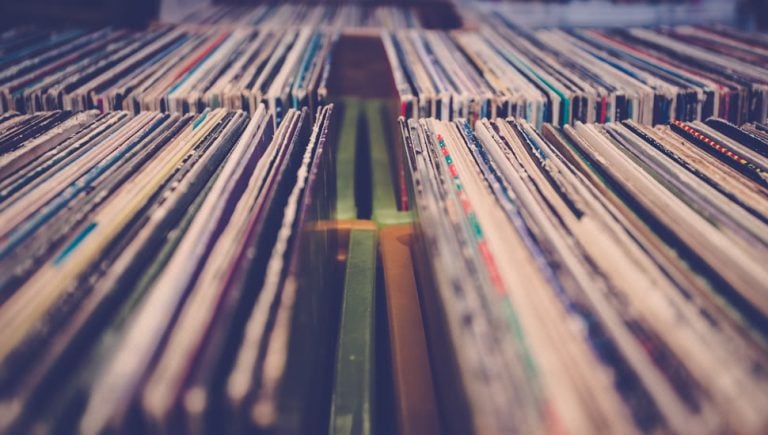Way back in 1980 The Buggles proclaimed that ‘video killed the radio star’. Forty years on, is it time for another one-hit wonder to melodically declare that streaming has done the same to the full-length studio album?
For me, there’s nothing quite like the exploration of a new album, from beginning to end. The anticipation. The journey. The sense of wonder upon that first play and then the beauty of playing it over and over once it’s all too familiar. Great albums are thematic, instrumental roller coasters – an awesome ride, start to finish.
Something akin to a relationship is developed with such albums – they very clearly define certain aspects of your life or people you were hanging out with at the time. They create emotive responses and have a very strong romance about them. Certain albums and songs even make your stomach turn with nostalgia when you hear the first familiar intro riffs.
As a kid I used to record the songs I loved onto cassette tapes as they were played on the SAFM charts, analogue style. Pressing down the play button and the record button at the same time is embedded permanently in my muscle memory – the fingers I used, the way it felt and the sound it made all combined as a super satisfying sensory process. Trying to ensure you hit the stop button before the ads blared was a fine art, one every ’80s kid knows only too well.
Then my older brother, whose devotion to music was so archetypically ’80s that he had carved the letters AC/DC into his wooden bed frame with a Swiss army knife, introduced me to De La Soul as a teen and my adolescent mind was blown.
The De La Soul is Dead album was my gateway record to hip hop. Wu Tang Clan, A Tribe Called Quest and The Fugees followed quickly and before we knew it, my brother had accidentally turned his good little private Catholic girls school sister into a hip-hop head.

The rise of CDs erupted in the 90s when I was a teen and I was heavily invested in this new medium. I loved everything about CDs and they defined my teenage years. I was obsessed with trawling through CD booklets searching for meaning within the printed lyrics and cover artwork.
Love Music?
Get your daily dose of metal, rock, indie, pop, and everything else in between.
I loved that you could actually hold the album – it was a thing, a possession, an entertainment package, something to lovingly add to your (literal) library and display with pride. Or stash behind the stack if it was a guilty pleasure you’d prefer not to display.
Friends could flick through your CD collection at a party and you’d be smug in the assurance of what your CD library said about you as a person. Entire friendships were formed on shared musical appreciations, an immediate certainty known about a person as defined by their CD choices. CDs and your musical repertoire were essentially an extension of your personality.
Remember hidden tracks? It would be early in the morning and perhaps you wouldn’t be as attentive in changing the CD as quickly (because maybe you were passing out on the couch) when all of a sudden – bam, Lauryn Hill’s amazing cover of ‘Can’t Take My Eyes Off Of You’ or Black Eyed Peas ‘Third Eye’ would be blowing your mind. Hidden tracks were a reward for the vigilant listener (or, let’s be honest, a lazy one too) – a buried auditory surprise that has no modern-day equivalent.
Making playlists for boyfriends over the years was my ultimate profession of love – a melodic medium I employed to cryptically convey my affections through a meticulously selected and then carefully sequenced array of tracks. What could be more personal and more meaningful than gifting (or receiving) such a work of creation? These types of playlists are now being collated digitally by lovers the world over, but it just doesn’t feel as achingly sincere as the 90s/00’s equivalent.
Except for a brief period when crossing over mediums from CD to electronic libraries, I have always paid for my music. If we want quality content and to encourage and foster creativity, then we need to pay for it to support artists. Especially our local Aussie artists. The same goes for most content – news, movies and TV.
To this day, I still get that same anticipatory excitement about a new album release which I know will give me that full album story effect. My more recent favourites include Billie Eilish, The Weeknd, Lorde, Tame Impala and Rufus Du Sol.
The unified ping and vibration of the successful iTunes purchase evokes the same level of anticipation and excitement as purchasing a CD, loading it and hearing the whirl from your discman or your car player for the first time did.
Check out The Weeknd’s After Hours:
But now music consumption is much more fragmented and kids these days (the ultimate old persons phrase, as spoken by a now parent to a teen) consume their music via streaming playlists made up of a jumble of artists and genres. This appears to completely erase the exploration of and engagement with an artist and their album as a whole, as a piece of art, from beginning, middle to end.
I wonder if the rise of Spotify and Apple Music (and more recently TikTok) impacts upon the nature of the creativity process for artists and whether artists and producers are now shooting for ‘hits’ and the full album experience is something of a now outdated journey of artistic indulgence?
Paul Griffin aka Faint One, an Adelaide Producer/DJ, reckons that whilst “streaming services have made music more accessible for a wider range of people” and that they “can lead to the discovery of [a] new artist and song you may not have heard before” he points out that, “on the other side it’s quite hard to earn a full time living off of streams alone unless your songs are cracking above ten million plays” and that “as a DJ and a producer [he relies] heavily on playing shows as [his] main source of income.”

Youth culture today also listens to music very differently than we did as teens. We would sit around and really listen to it in its entirety, taking pride in the album selection relative to the environment we were listening to it in.
Now music is a constant, passive backing track to people’s daily lives: it’s on in the background or through AirPods while we work or study, exercise and commute.
Faint One has “always been a person that enjoys listening to an album from start to finish and will always be one of those people, when you have that album on vinyl or some other hard format it makes that experience all the more enjoyable.
“However the attention span of the average consumer passively listening to music means that releasing singles more often and albums less often is the direction that most musicians… have to at least think about moving in.”
Fascinatingly, in our increasingly digital world, vinyl sales have recently seen a huge resurgence. The Australian Recording Industry Association (ARIA) has predicted the revenue generated from vinyl sales would outstrip both CDs and digital downloads at some point this year.
Kane Banner, Adelaide DJ, reckons that vinyl is “a look to the past with more tactile experience is a direct reaction of faceless technology” and that these “pure listening experiences seem to be fetishised”.
He sees vinyl resurgence as a “reactionary position to show authenticity – a way of showing people music is more important to you than most. Also it serves as a totem to some extent. Like a museum of memories.”
Perhaps long form album listening and the process of record playing at home as a form of old-school entertainment is making a come-back. Or perhaps it’s just another example of our infatuation with nostalgia.
Regardless, long live the album – may its reign be long and glorious!


































